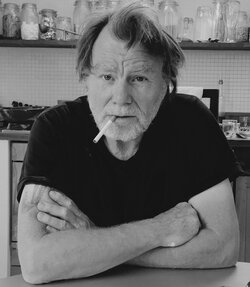Patrick Blossier, AFC, discusses the shooting of "Ouistreham" by Emannuel Carrère
“It was thanks to Juliette Binoche’s determination that Ouistreham saw the light of day. Florence Aubenas really didn’t want to adapt her novel (which was based on an undercover journalistic investigation) to the cinema. Juliette Binoche was very moved when she read the novel”, explains Patrick Blossier “and she fought to convince Florence Aubenas to sign over the rights to her novel. The screenplay, written by Emannuel Carrère and Hélène Devynck, stays very close to the novel with two major exceptions : in the novel, Florence Aubenas is totally invisible and just describes her meetings, whereas in the film, it would have been hard not to also discuss Mariane Winckler’s emotions (played by Juliette Binoche). In her novel, Florence Aubenas had decided to stop her investigation once she found permanent work, in order not to take work away from someone who needed it more than she did. In the film, the screenwriters opted for the end of a friendship, a betrayal that shines light on the irreconcilability of two different worlds. The idea from the start was that Juliette Binoche would be the only professional actress in the film. Emmanuel spent several months meeting the men and women working as day laborers in the area around Caen. Some of them were the women described in the book, and they proved to be born actresses. Others were selected through meetings and workshops, thanks to the invaluable assistance of Elsa Pharaon, the casting director. I had the privilege of watching all of it happen and watch the screentests, some of which were absolutely breathtaking because of how natural and accurate the character portrayal was, and that goes for improvisations on a given subject and for written lines.”
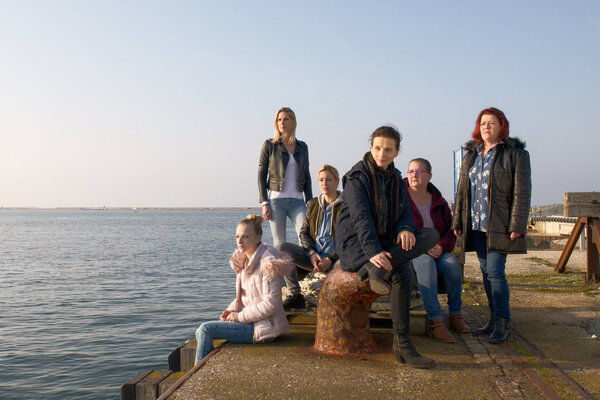
Regarding the cinematography, Emmanuel Carrère proposed an unusual configuration to Patrick Blossier : “His idea mirrored the casting process : to intimately blend fiction and reality. He wanted to take the same tack with the camera crew. He suggested I should share my work with Philippe Lagnier, who had shot his documentary Retour à Kotelnitch, and had shot the casting screentests for Ouistreham. In his own words, Philippe would contribute his documentary experience to the work ; I, mine with fiction. Personally speaking, I was slightly thrown off by this choice. I didn’t quite see how we would share the work on set. In the end, we shot the group scenes with two cameras and the more intimate scenes with one camera. Moreover, Philippe had carte blanche to shoot scenes off set. "Mystery scenes", as Emmanuel liked to call them, and he only saw them later, during editing. Amongst the most magical things brought back by Philippe, there was the shot filmed from inside a car where you see migrants trying to break into a truck driving through Ouistreham.”
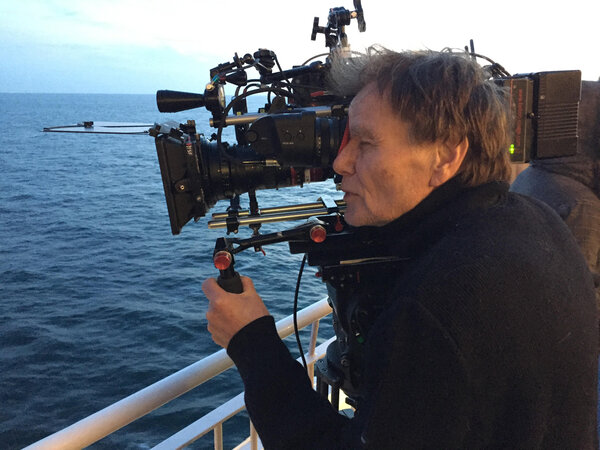
A cinema lover and former critic in Positif magazine, Emmanuel Carrère loves watching other movies before preparing one of his own. “We watched a lot of films together”, explains Patrick Blossier, “two of which caught our attention more than others and nourished our discussions on the form the film would take. Namely, I, Daniel Blake, by Ken Loach, and L’Humanité, by Bruno Dumont. We were taken by the simplicity and the effectiveness of Robbie Ryan’s camera work shooting the world of jobseekers in Newcastle, and with Yves Cape’s composed Scope image shooting non-professional actors in the north of France. Two very different approaches, but neither used shoulder camera and neither improvised very much. We opted for a classical and discreet directorial style in order to capture the best of the actors’ performance. Again, with the intention of making a film that would lean towards a documentary, and in order not to intimidate the non-professional actors, Emmanuel Carrère wanted to shoot with a very small crew. Just a dozen people on set. I very strongly felt we should shoot the film in anamorphic Scope. How else could we reconcile all of these apparently contradictory parameters ? In order to keep things flexible, I chose to use only zoom lenses instead of fixed focal length lenses. The anamorphic Angénieux Optimos open up to T4, and I knew I wouldn’t have a lot of lighting and only one electrician. Ever since I started shooting digital, I’ve used the Alexa, which I love, but its 800ISO sensitivity was too limited for the locations chosen for this film. I opted for the Sony Venice, whose 2,500ISO seemed more appropriate for this situation. In order to obtain approval from the producers for this choice, we shot a few images on location just a few days before shooting began with the non-professional actors in Caen. These screentests were decisive, everyone was reassured, and the film’s image was already there.”
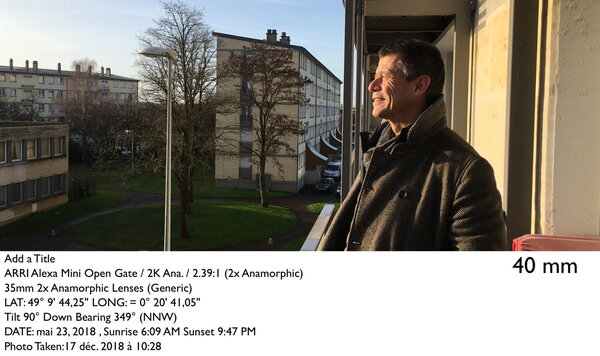
Shooting began in March 2019, for seven weeks. “Because Emmanuel is a writer, I suggested a "draft" day at the start of shooting and a "deletions" day at the end. For the draft, we chose the opening scene at the ANPE (French national employment agency) and we shot the locations in shooting conditions to test out our setup. For the deletion day, we reshot weaker scenes pointed out by editor Albertine Lastera, who had begun editing during shooting.”
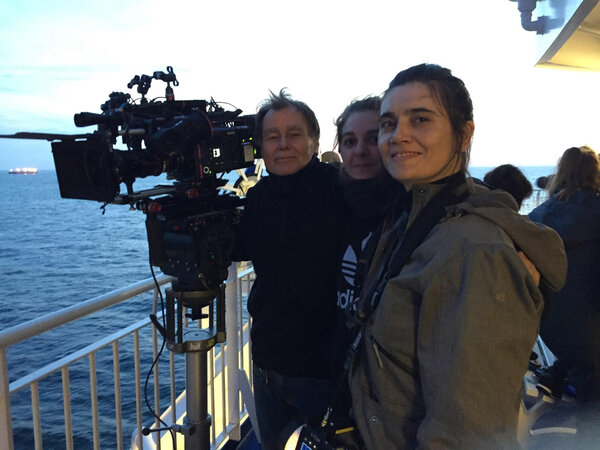
Marianne Winckler, a recognized author, is writing a book about jobseekers. She moves to an area outside Caen and, without revealing her identity, joins a team of cleaning women. As she discovers their world of economic instability and social invisibility, she also discovers the mutual assistance and solidarity that unify these shadow workers.
(Interview by François Reumont, and translated from French by A. Baron-Raiffe, for the AFC.)
 En
En Fr
Fr
